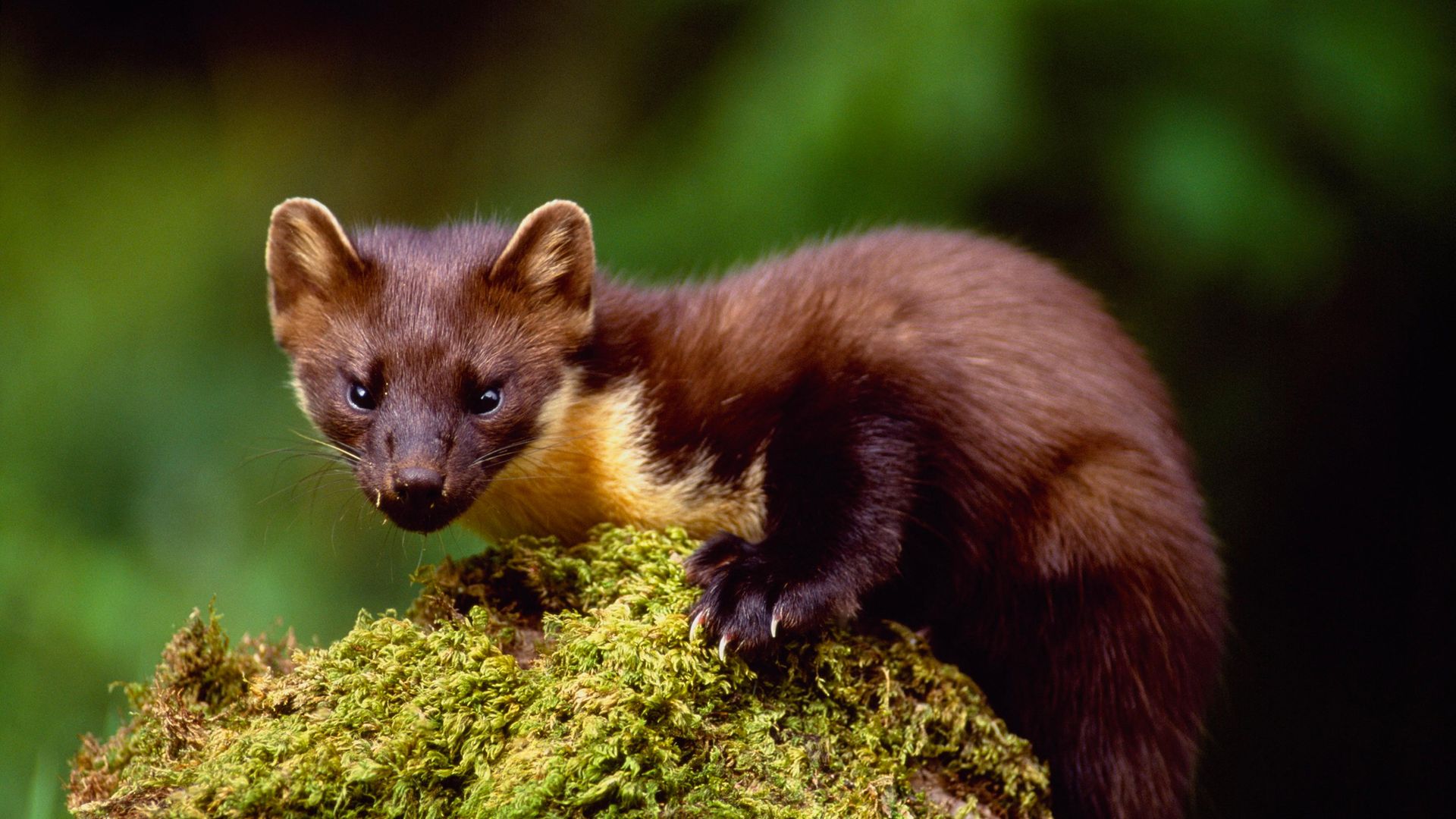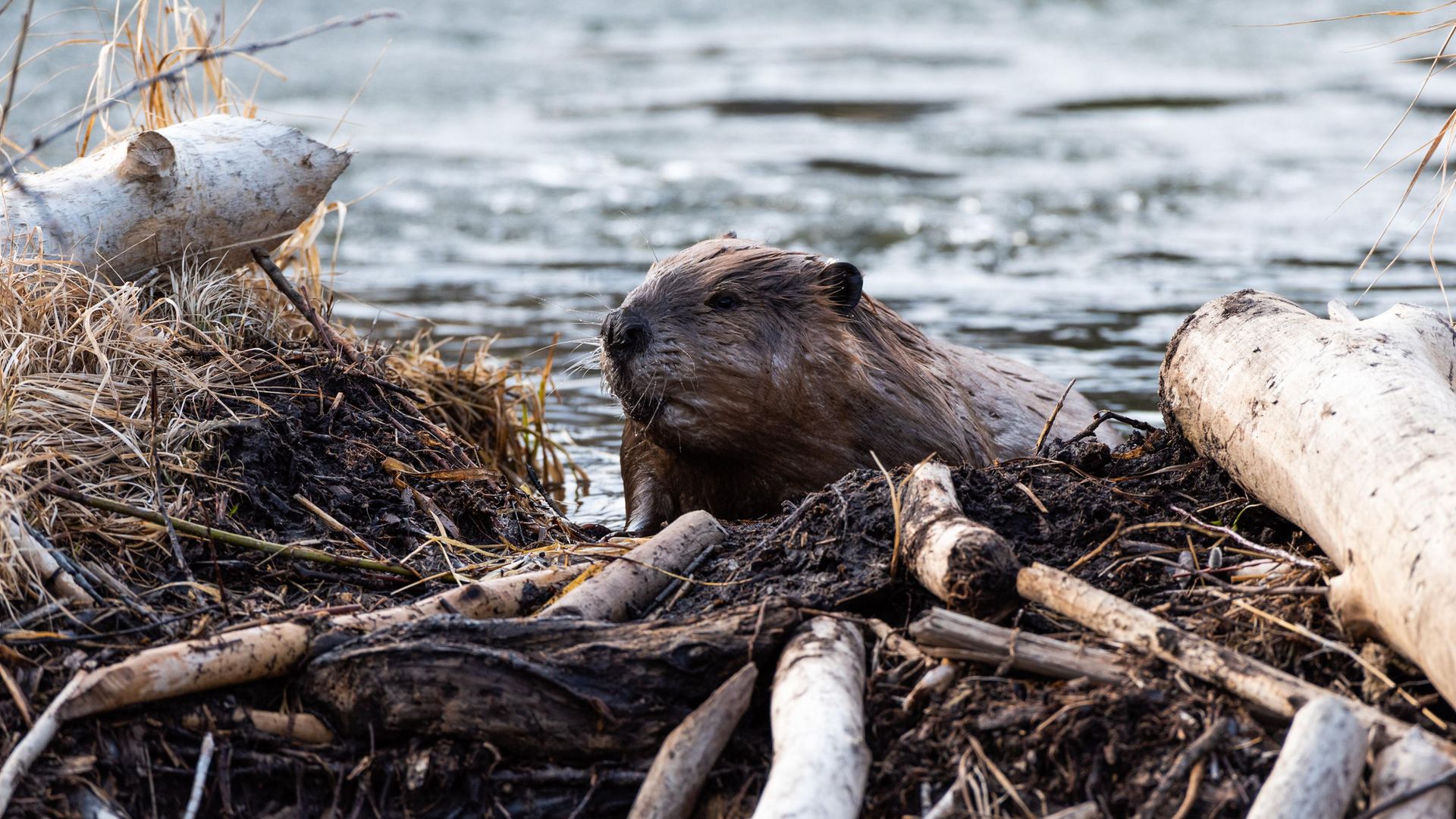With rewilding projects becoming increasingly prevalent in public discourse, Tim Weston examines the implications of such projects for the future of our countryside
There is a lot of talk at the moment about releasing top-line predators back into the UK. And it’s a conversation that’s being championed by those that like the idea of rewilding.
The definition of the term ‘rewilding’ is broad – it all depends on how you look at it. For instance, is it truly rewilding if you need to intervene? But that might be a debate for another time.
What we’re seeing now is an increase in the number of release programmes that so-called conservationists are trying to undertake in the UK. And the animal that has been a sort of poster boy of the releasing programmes has been the pine marten.
 credit: Laurie Campbell
credit: Laurie Campbell
The Vincent Wildlife Trust pine marten rewilding project
Between 2015 and 2017, 51 pine martens were captured in Scotland, in areas where there is a healthy pine marten population, under licence from Scottish Natural Heritage (now NatureScot). These animals were translocated and released in forestry in mid-Wales.
The martens were kept in release pens for a few days once they arrived in Wales to allow them to acclimatise to their new surroundings, and to allow the Vincent Wildlife Trust (VWT), who ran this project, to monitor them remotely via cameras. The translocated pine martens have now become established, with their breeding rates having been recorded every year since the translocation began. Is it a conservation success story? Well, maybe. It all depends on your view of conservation and wildlife management.
In 2016, VWT began a collaborative project with Gloucestershire Wildlife Trust and Forestry England to embark on the reintroduction of the pine marten to the Forest of Dean in Gloucestershire. Led by Gloucestershire Wildlife Trust, and following a period of research and completion of a feasibility study, the translocation of pine martens to the forest began in 2019, with 18 pine martens released in autumn.
A further translocation was planned for autumn 2020. However, due to Covid-19, much of the work planned for the Forest of Dean project in 2020 has been delayed, with the next translocation now rescheduled for autumn 2021.
What was the point of the pine marten project?
I have a few questions about releasing animals such as pine martens into lowland England and Wales – the main being, simply why?! I really do not understand the need to introduce yet another top carnivore into our ecosystem. I am not a scientist by any means. However, I do know that carnivores eat other animals, and, on the whole, mustelids (stoats, weasels, pole cats and pine martens) are clever and opportunistic predators.
Forestry England have been a major supporter of the release of martens into the Forest of Dean, having invested both staff and resources in the project. Though this is seen as some kind of rewilding, before the pine marten can be released, part of the licence conditions states that it can’t destroy the rare bat roosts that are in the forest!
The Gloucestershire wildlife trust calls this “important mitigation work”. But don’t worry, these loveable little killers won’t do any damage to wildlife. Just look at the wild boar in the same area; they are no trouble at all.
What I struggle to get my head around is that if you have to do important mitigation work to help reduce the damage, why is releasing a top predator that will affect a rare species already living in the area the right thing to do?
 credit: Dan Pepper/Getty Images
credit: Dan Pepper/Getty Images
The National Trust beaver release project
Not only have we had pine martens released in England and Wales (when they were already doing quite well in Scotland and making their way down to Northumberland and Cumbria naturally anyway), but we also have the National Trust releasing beavers into a small stream on their land, as well as an illegal release in the West Country.
Releasing some animals back into the wild is a crime. However, this one has not been prosecuted, probably because it wasn’t a gamekeeper that was accused of doing something. Beavers are not carnivores; in fact, they are quite the opposite: strict vegetarians. The beaver, however, is an animal that has the capacity to change the environment on a landscape scale.
By building their dams, they will change the watercourse that they live in. Not only do they cut down trees, but other trees will die later as the water rises behind the dam. Migratory fish, such as salmon and sea trout (both of which are not doing very well at all at the moment and need as much help as they can get), will also probably suffer by not being able to get to their spawning grounds.
This situation is similar to that of the bats in the Forest of Dean. You are introducing an animal that might affect the survival of other declining species all in the name of conservation.
Unlike the pine marten, the beaver does have some proven ecological benefits. They can increase natural waterside flora, as well as invertebrate insects. It is not good for all insects and plants, however. Some of our lowland insects and plants need fast-moving water to thrive, which a dam doesn’t allow. Again, I have to ask: why?
No compensation if your property is damaged by rewilding projects!
The government and Defra are backing the introduction of the beaver to UK watercourses, but are refusing to compensate private landowners whose property will be damaged by the beavers’ dam-building. So, once again, there are no repercussions to the conservationists’ actions. They can simply walk away and literally let somebody else clean up the mess that is left behind.
Lynx and wildcat are also very much on the agenda for release into our fragile countryside. There is talk of Forestry England supporting lynx to help control the deer in some of their forests. Perhaps it would be better to have more rangers, or better still, private individuals who are capable and committed to reducing deer numbers, as opposed to releasing yet another large carnivore into our countryside.
If Forestry England are really considering this as a tool to control the deer numbers on their land, then to me as a landowner, they have already failed and should be looking to the private sector, which has a good proven track record at deer management, to take over. None of this is rewilding, in my mind; it is putting more pressure in our environment and the animals that live within it, both the livestock and wildlife.
The National Gamekeepers’ Organisation are what is called a ‘stakeholder’ in many of the conversations that go around with regard to the releasing of predators in England and Wales. Often, we are invited to give our views. Sometimes we are ignored on purpose, but more often than not, we are listened to, which is excellent.
Conserve the wildlife we have, rather than adding more carnivores
Gamekeepers are the largest body of professional conservationists in the UK, so our views should not be brushed aside. In the case of the pine martin in Wales for example, we and the local shoots had no objections to the way the Vincent Wildlife Trust handled the release and relocation of these animals. As the project moves further south and west, with other bodies wanting to conduct release programmes, this might not be the case. We will have to see.
Why do conservationists look towards animals with big teeth that want to eat things? I am still wondering why are they not focused on conserving what we have: the lapwing, curlew, or even adders and slowworms. Are these animals not as valuable as one that wants to eat them? Or is it about headlines and, ultimately, funding?